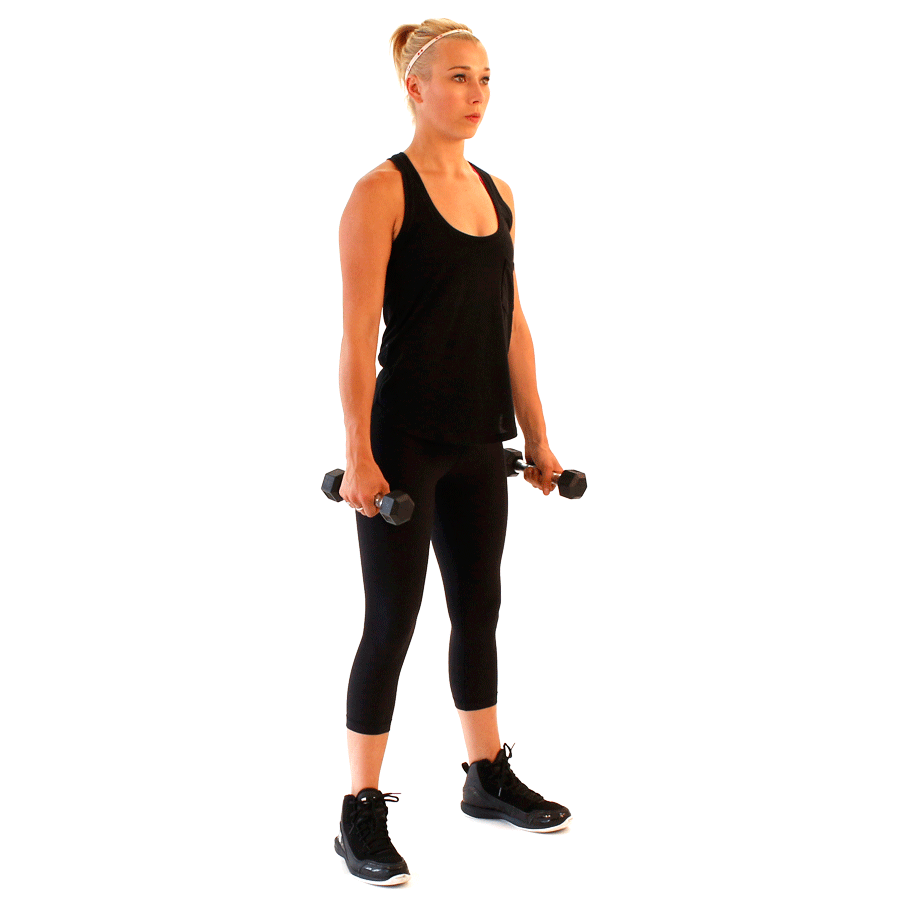Equipment:
Kettlebell
Why this variation?
This is an easy, functional variation of the front squat. By holding the load up in front, you are activating core and upper body to hold the kettlebell and do not have to put the load directly on your back, compressing your spine. This variation is more like a front squat in terms of the muscle balance which targets more quads than glutes, but also adding the balance of holding the kettlebell
The goblet squat can be used in many different programming phases, as you can load the movement light enough for getting started/adaptation, heavy enough for getting into a strength program, or as a switch up from a squat in any regular strength phase. This variation is great if you are looking for a more functional squat, or to add to a circuit or HIIT training because you can get a heavy enough kettlebell to do ten or twelve reps so that your legs are activated but your upper body has to work hard, as well.
























